当前位置:网站首页>Numpy -- data cleaning
Numpy -- data cleaning
2022-07-07 15:50:00 【madkeyboard】
List of articles
Data cleaning
Dirty data
Usually, the data we get cannot be 100% error free , There are usually some problems , For example, the data value is missing 、 The data value is abnormally large or small 、 Format error and dependent data error .
Generate a set of dirty data vividly through the following code , As shown in the figure, a dtype = object.( This dtype Namely numpy Type of data , Pay attention here , If dtype = object explain list Directly converted data cannot be directly involved in calculation , Only int and float Only such data types can participate in the calculation )
raw_data = [
["Name", "StudentID", "Age", "AttendClass", "Score"],
[" Xiao Ming ", 20131, 10, 1, 67],
[" floret ", 20132, 11, 1, 88],
[" Side dish ", 20133, None, 1, "98"],
[" Xiao Qi ", 20134, 8, 1, 110],
[" Cauliflower ", 20134, 98, 0, None],
[" Liu Xin ", 20136, 12, 0, 12]
]
data = np.array(raw_data)
print(data)

Data preprocessing
pre_data = []
for i in range(len(raw_data)):
if i == 0: # Remove the first line of string
continue
pre_data.append(raw_data[i][1:]) # Remove the first column of names
data = np.array(pre_data,dtype=np.float) # The reason it's used here float Because the data contains None, Only float To convert None
print(data)

Data cleaning
Clean out all illogical data , In the data entered before , The first column has obvious repetition of student numbers , This is illogical data .np.unique() Make the data unique , And in the process of using, you can also see how many times the duplicate data has been repeated . As shown in the figure below ,20134 It appears twice , Then we can clearly know 20135 Not recorded , Then you can correct the data .
fcow = data[:,0] # Take all student numbers in the first column
print(fcow)
unique, counts = np.unique(fcow,return_counts=True) # return_counts Show the number of repetitions of the data
print(" Data after cleaning :",unique)
print(" The number of times the data repeats :",counts)

Looking at the second column of data , First of all, you can intuitively see that there is a lack of data , So for this missing data , We can add by averaging the existing data
is_nan = np.isnan(data[:,1]) # Find the second column as none The data of
nan_idx = np.argwhere(is_nan)
print(" Subscript :",nan_idx," by none")
mean_age = data[~np.isnan(data[:,1]), 1].mean() # ~ Take the opposite ,isnan It returns a Boolean value , The Boolean value selected here is false( Not for None), Then average
print(" Average age :",mean_age)

I was puzzled when I saw this , The average age of primary school students is 28? By observing the data , There is a data for 98, Obviously wrong , This is abnormal data . So we need to delete these two wrong data , Then replace them with the average of the remaining data .
normal_idx = ~np.isnan(data[:,1]) & (data[:,1] < 13) # Find the second column as none The data of
print("(flase) For the data that needs to be changed :",normal_idx)
mean_age = data[normal_idx,1].mean() # ~ Take the opposite ,isnan It returns a Boolean value , The Boolean value selected here is false( Not for None), Then average
print(" Average age :",mean_age)
data[~normal_idx,1] = mean_age
print(" Data after cleaning :",np.floor(data[:,1])) # Age has no decimal , Round down again

Finally, look at the data in the last two columns , here 0 and 1 Whether the representative is in class or not , There can be no grades when there is no class , There is a problem with the last line . And the total score of primary school is generally 100, There are beyond 100 The existence of indicates abnormal data .
data = np.array(pre_data,dtype=np.float64) # The reason it's used here float Because the data contains None, Only float To convert None
data[data[:,2] == 0,3] = np.nan # Those who don't have classes have no grades nan
data[:,3] = np.clip(data[:,3], 0, 100) # Cut the scores that are no longer within a reasonable range
print(data[:,2:]) # Output the last two columns
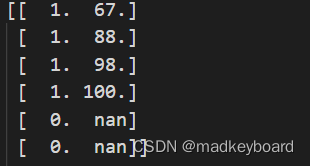
Finally, compare the data before and after cleaning , Although the amount of data this time is very small , But there are also many cleaning methods , Familiar with these ways , In the future, it is also easy to catch more huge data , Keep your data clean and hygienic .
边栏推荐
- Basic knowledge sorting of mongodb database
- Clang compile link ffmpeg FAQ
- Configure mongodb database in window environment
- Super simple and fully automated generation super signature system (cloud Xiaoduo minclouds.com cloud service instance), free application in-house test app distribution and hosting platform, maintenan
- How to release NFT in batches in opensea (rinkeby test network)
- [Lanzhou University] information sharing of postgraduate entrance examination and re examination
- 银行需要搭建智能客服模块的中台能力,驱动全场景智能客服务升级
- Oracle control file loss recovery archive mode method
- Whether runnable can be interrupted
- Three. JS introductory learning notes 08:orbitcontrols JS plug-in - mouse control model rotation, zoom in, zoom out, translation, etc
猜你喜欢
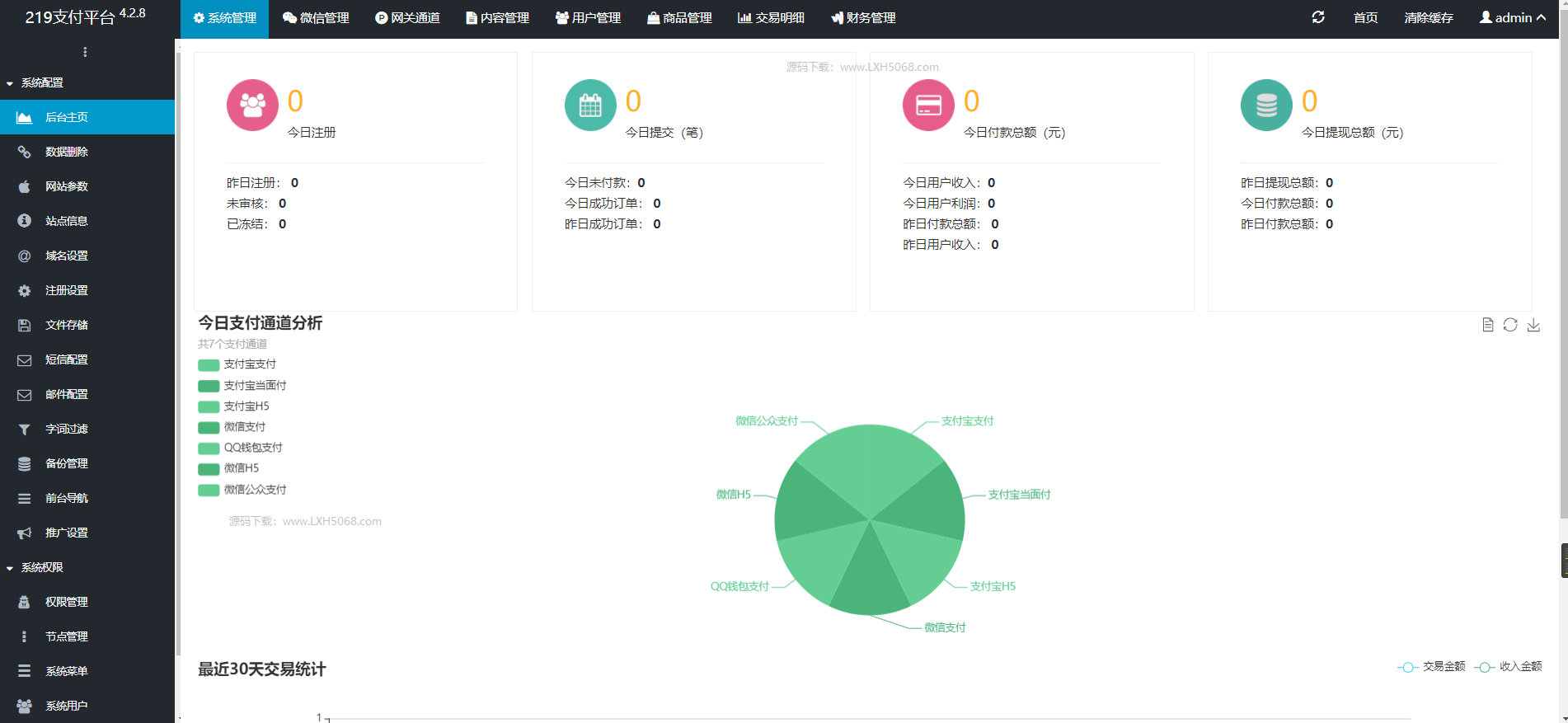
2022全开源企业发卡网修复短网址等BUG_2022企业级多商户发卡平台源码
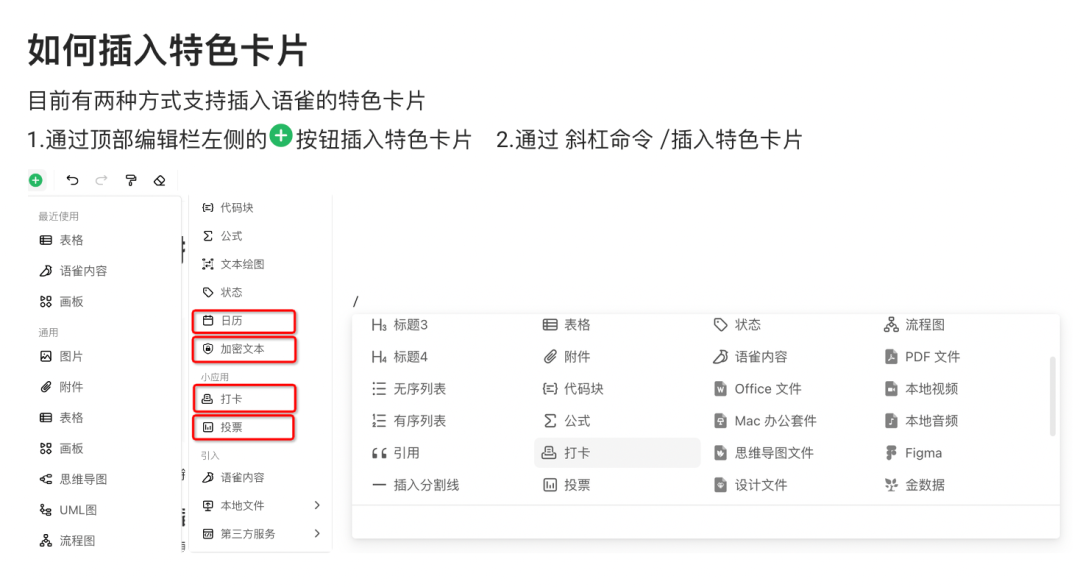
持续创作,还得靠它!
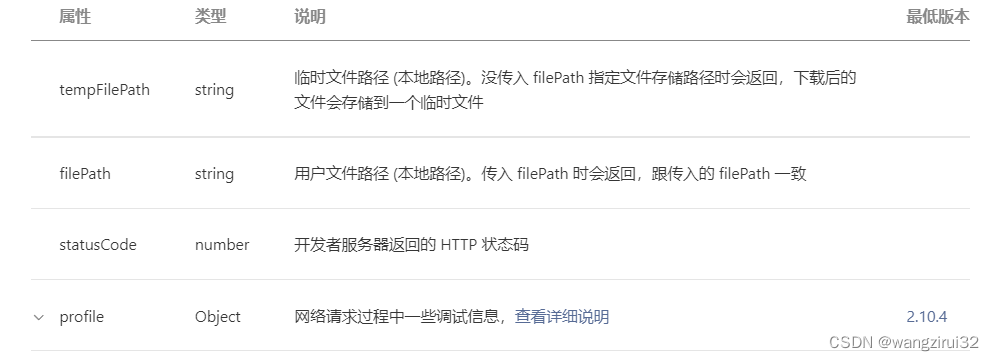
【微信小程序】Chapter(5):微信小程序基础API接口
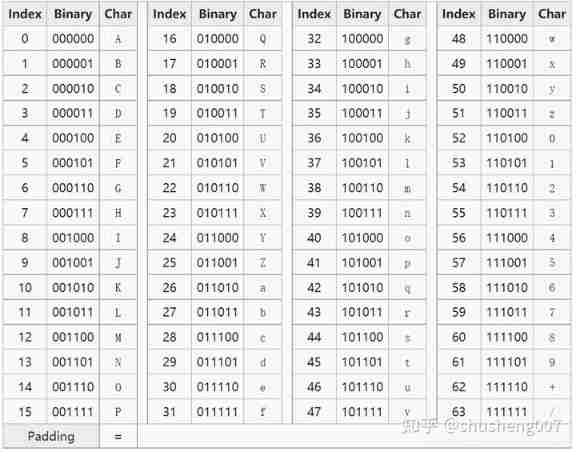
What is Base64?

2022 all open source enterprise card issuing network repair short website and other bugs_ 2022 enterprise level multi merchant card issuing platform source code
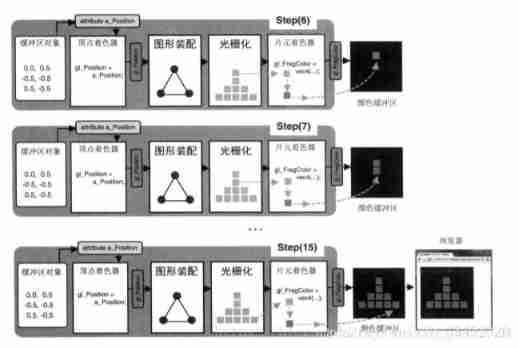
Vertex shader to slice shader procedure, varying variable
![[quickstart to Digital IC Validation] 20. Basic syntax for system verilog Learning 7 (Coverage Driven... Including practical exercises)](/img/d3/cab8a1cba3c8d8107ce4a95f328d36.png)
[quickstart to Digital IC Validation] 20. Basic syntax for system verilog Learning 7 (Coverage Driven... Including practical exercises)

numpy---基础学习笔记

numpy--数据清洗

How to create Apple Developer personal account P8 certificate
随机推荐
Detailed explanation of unity hot update knowledge points and introduction to common solution principles
如何在shell中实现 backspace
2022 all open source enterprise card issuing network repair short website and other bugs_ 2022 enterprise level multi merchant card issuing platform source code
numpy--疫情数据分析案例
2. Basic knowledge of golang
C4D learning notes 2- animation - timeline and time function
XMIND frame drawing tool
[quick start of Digital IC Verification] 23. AHB sramc of SystemVerilog project practice (3) (basic points of AHB protocol)
【数字IC验证快速入门】19、SystemVerilog学习之基本语法6(线程内部通信...内含实践练习)
讲师征集令 | Apache SeaTunnel(Incubating) Meetup 分享嘉宾火热招募中!
Gd32 F3 pin mapping problem SW interface cannot be burned
C4D learning notes 1- animation - animation key frames
Keil5 does not support online simulation of STM32 F0 series
Iterator and for of.. loop
一大波开源小抄来袭
Three. Introduction to JS learning notes 17: mouse control of 3D model rotation of JSON file
LeetCode2_ Add two numbers
【数字IC验证快速入门】24、SystemVerilog项目实践之AHB-SRAMC(4)(AHB继续深入)
10 schemes to ensure interface data security
nodejs package. JSON version number ^ and~